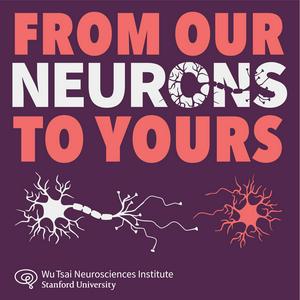From doodles to Descartes: sketching and the human cognitive toolkit | Judith Fan
Before the written word — and possibly even before speech — humans have communicated through drawing. From crude scratches in the dirt or on cave walls to the arcane symbology of the laboratory whiteboard, our instinct for conveying our thoughts visually is pretty extraordinary. We see or understand something in the world, we build an idea in our mind of what we think we see, and then using our hand and the utensil we re-create it to communicate the share our perception with others. Along the way, we add in our own understanding and experience to craft that communication in ways that might not correspond with a specific object in the world at all.How we do this — and how we can learn to be better visual communicators — is at the heart of our conversation with Judy Fan, who runs the Cognitive Tools Lab in Stanford University's Department of Psychology.We've been nominated for a 2025 Signal Award for Best Science & Education Podcast! Vote for us in the "Listener's Choice" category by October 9.Learn More:Cognitive Tools Lab, Stanford Department of PsychologyFan, J., et al. (2023) "Drawing as a versatile cognitive tool." Nature Reviews Psychology. (pdf)Hawkins, R., Sano, M., Goodman, N., and Fan, J. (2023). Visual resemblance and interaction history jointly constrain pictorial meaning. Nature Communications. [pdf]Fan, J., et al. (2020). Relating visual production and recognition of objects in human visual cortex. Journal of Neuroscience. [pdf]Fan, J., Yamins, D., and Turk-Browne, N. (2018). Common object representations for visual production and recognition. Cognitive Science. [pdf]More recent papersWe want to hear from your neurons! Email us at at
[email protected] us a text!Thanks for listening! If you're enjoying our show, please take a moment to give us a review on your podcast app of choice and share this episode with your friends. That's how we grow as a show and bring the stories of the frontiers of neuroscience to a wider audience. Learn more about the Wu Tsai Neurosciences Institute at Stanford and follow us on Twitter, Facebook, and LinkedIn.



